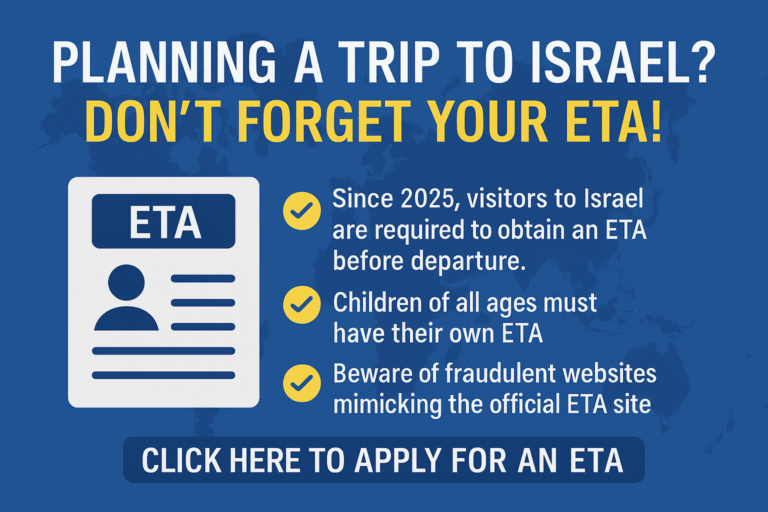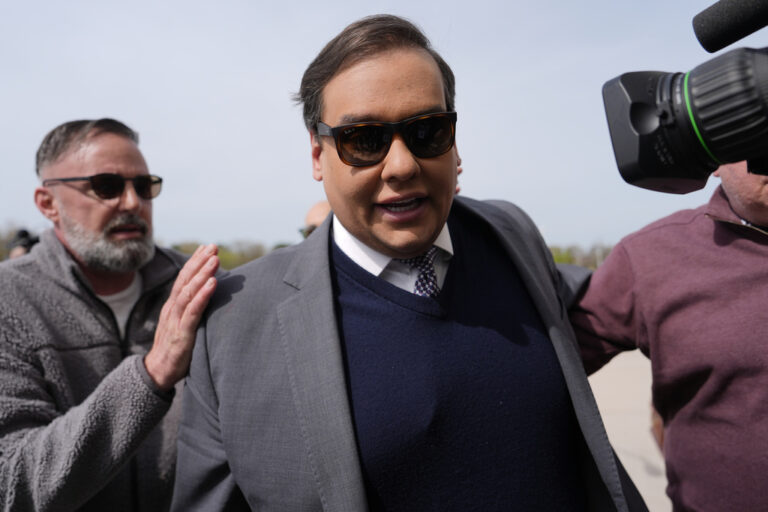 The coldest, most dangerous blast of polar air in decades gripped the Midwest and pushed toward the East and South on Monday, closing schools and day care centers, grounding flights and forcing people to pull their hoods and scarves tight to protect exposed skin from nearly instant frostbite.
The coldest, most dangerous blast of polar air in decades gripped the Midwest and pushed toward the East and South on Monday, closing schools and day care centers, grounding flights and forcing people to pull their hoods and scarves tight to protect exposed skin from nearly instant frostbite.
Many across the nation’s midsection went into virtual hibernation, while others dared to venture out in temperatures that plunged well below zero.
“I’m going to try to make it two blocks without turning into crying man,” said Brooks Grace, who was bundling up to do some banking and shopping in downtown Minneapolis, where temperatures reached 20 below, with wind chills of minus 50. “It’s not cold — it’s painful.”
The mercury also dropped into negative territory in Milwaukee, St. Louis and Chicago, which set a record for the date at minus 16. Wind chills across the region were 40 below and colder. Records also fell in Oklahoma and Texas.
Forecasters said some 187 million people in all could feel the effects of the “polar vortex” by the time it spread across the country on Monday night and Tuesday.
Record lows were possible in the East and South, with highs in the single digits expected Tuesday in Georgia and Alabama. Below-zero wind chills were forecast up and down the coast, including minus 10 in Atlanta and minus 12 in Baltimore.
From the Dakotas to Maryland, schools and day care centers shut down.
“You definitely know when you are not wearing your thermal undergarments,” said Staci Kalthoff, who raises cattle with her husband on a 260-acre farm in Albany, Minn., where the temperature hovered around 24 below zero and winds made it feel like minus 46. “You have to dress really, really warm and come in more often and thaw out everything.”
Even with this nostril-freezing cold, the family still prefers winter over summer.
“You can always put on more layers,” she said. “When it gets hot, you can only take off so much.”
For a big swath of the Midwest, the subzero cold moved in behind another winter wallop: more than a foot of snow and high winds that made traveling treacherous.
Nearly 3,200 flights — one out of every 10 domestic departures — were canceled Monday morning, following a weekend of travel disruption across the U.S. Airline officials said de-icing fluid was freezing, fuel was pumping sluggishly, and ramp workers were having difficulty loading and unloading luggage.
Authorities in Indiana and Kentucky — where temperatures dropped into the single digits and below, with wind chills in the minus 20s and worse — warned people not to leave their homes at all unless they needed to go someplace safer.
Utility crews worked to restore power to more than 40,000 Indiana customers affected by the weekend storm and cautioned that some people could be in the cold and dark for days.
Ronald G. Smith Sr. took shelter at an Indianapolis Red Cross after waking up the previous night with the power out and his cat, Sweet Pea, agitated in the darkness.
“The screen door blew open and woke me up, and it was cold and dark. I got dressed and I was scared, thinking, ‘What am I going to do? My cat knew something was wrong. He was jumping all over the place,” Smith said. “This is brutal cold. The cold is what makes this so dangerous.”
Even after Indianapolis lifted a travel ban, officials urged residents to stay home for their own safety and that of police and other emergency workers.
“It’s still slick out there,” said Marc Lotter, a spokesman for the mayor. “It’s just not safe for people to be out on the streets.”
Many other cities came to a virtual standstill. In St. Louis, where more than 10 inches of snow fell, the Gateway Arch, St. Louis Art Museum and St. Louis Zoo were closed, along with shopping malls and movie theaters. Even Hidden Valley Ski Resort, the region’s only ski area, shut down.
Officials in Chicago and other cities checked on the homeless and shut-ins for fear they might freeze to death on the street or in their homes.
Between a heater that barely works and his drafty windows, Jeffery Davis decided he would be better off sitting in a downtown Chicago doughnut shop for three hours Monday until it was time to go to work.
He threw on two pairs of pants, two T-shirts, “at least three jackets,” two hats, a pair of gloves, the “thickest socks you’d probably ever find” and boots, and trudged to the train stop in his South Side neighborhood that took him to within a few blocks of the library where he works.
“I never remember it ever being this cold,” said Davis, 51. “I’m flabbergasted.”
Elnur Toktombetov, a Chicago taxi driver, hit the road with hot tea and doughnuts, and an hour into his shift, his cab’s windows were still coated with ice on the inside.
People are “really happy to catch the cab. And I notice they really tip well,” he said.
Only a few hardy souls braved the cold on the Nicollet Mall in Minneapolis, normally a busy pedestrian area. Many people downtown used the extensive heated skyway system, where it is warm enough to walk around in office attire. Nearly all stores on the skyway were open as usual.
Jersey Devil Pizza & Wings was not.
“Apologies … We are East Coast wimps. Too cold! Stay safe, see you Tuesday,” read a sign taped to the door.
(AP)










